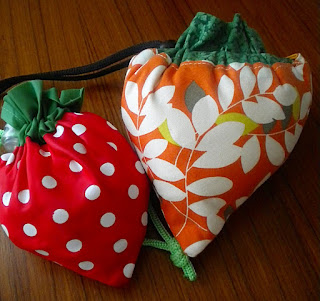I took piano lessons for a number of years when I was young. I suppose I was quite good then because my piano teacher was sort of grooming me to get into the Conservatory of Music when I started college. Unfortunately (for her), I had no such plans. I quit taking lessons about a year before I finished high school. One of my life's poor decisions, I guess.
I completely lost access to a piano when I got married and moved out of our home. Expectedly, my skills turned very rusty. Today, we both have a piano and a keyboard and so now, I get to make music occasionally. I am not that good anymore though. It takes a while before I figure out how the notes are played especially when there are so many sharps or flats involved! I hardly perfect any piece I play. The good thing is though, piano playing is much like riding a bike...you never forget it even though you've gone years without practice.
Yesterday, out of the blue, I thought of taking a video of myself playing a piano piece (well, it's actually just my fingers seen on the camera). This is a side of me that's really unknown to many. I am not out to impress or anything like that. I even made a couple of slight mistakes in the video but I kept playing anyway (shame on me!). I hope you'll consider the fact that I haven't played in front of an audience in like 25 years or so! Having said all that, don't expect to be blown away, ok?
Without further ado, here I am, attempting to play David Benoit's classic Kei's Song from 1987. It's a rather short version for two reasons: 1) because I do not know how to adlib; and 2) I did not want to play the difficult part twice.
Anyway, enjoy!
And here's the real version. I am nowhere close!

I completely lost access to a piano when I got married and moved out of our home. Expectedly, my skills turned very rusty. Today, we both have a piano and a keyboard and so now, I get to make music occasionally. I am not that good anymore though. It takes a while before I figure out how the notes are played especially when there are so many sharps or flats involved! I hardly perfect any piece I play. The good thing is though, piano playing is much like riding a bike...you never forget it even though you've gone years without practice.
Yesterday, out of the blue, I thought of taking a video of myself playing a piano piece (well, it's actually just my fingers seen on the camera). This is a side of me that's really unknown to many. I am not out to impress or anything like that. I even made a couple of slight mistakes in the video but I kept playing anyway (shame on me!). I hope you'll consider the fact that I haven't played in front of an audience in like 25 years or so! Having said all that, don't expect to be blown away, ok?
Without further ado, here I am, attempting to play David Benoit's classic Kei's Song from 1987. It's a rather short version for two reasons: 1) because I do not know how to adlib; and 2) I did not want to play the difficult part twice.
Anyway, enjoy!
And here's the real version. I am nowhere close!





























